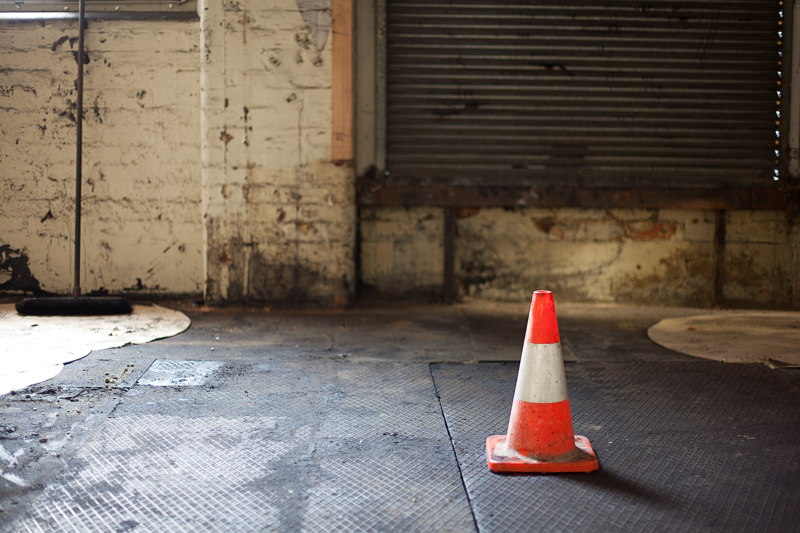The Health and Safety Executive (HSE) has drafted specific guidance about the risks posed by moving vehicles to help reduce the chances of accidents happening. It may be more applicable to workplaces such as distribution centres where there are a lot of vehicle movements posing a higher risk to pedestrians, but the danger is still something workshops need to be aware of.
Employers have a legal duty to ensure that the health and safety of their employees and members of the public are not put at risk as a result of the work they do. Employees and the self-employed also have a duty to look after their own health and safety and that of anyone who might be affected by their work.
To manage vehicles in the workplace effectively, there are three key areas to consider when carrying out your risk assessment:
- safe site (design and activity);
- safe vehicle;
- safe driver.
Safe site – design
Segregation
Every workshop is different and likely to present different hazards and risks. However, a well-designed and maintained workshop with suitable segregation of vehicles and people will make workplace accidents less likely.
The most effective way of ensuring pedestrians and vehicles move safely around a workplace is to provide separate pedestrian and vehicle traffic routes. Your circumstances might mean that complete segregation is not possible, so you would need to have clearly marked pedestrian and vehicle traffic routes, using measures such as barriers and signs.
There should be separate entrances and exits for vehicles and pedestrians, and vision panels should be installed on doors that open onto vehicle traffic routes. Where pedestrian and vehicle spaces cross, they should be clearly marked using measures such as dropped kerbs, barriers, deterrent paving etc., to help direct pedestrians to the appropriate crossing points.
Traffic routes
The general principles for safe vehicle space are as follows:
- Make sure they are wide enough for the safe movement of the largest vehicle.
- Ensure surfaces are suitable for the vehicles and pedestrians using them, e.g. firm, even and properly drained.
- Keep them clear of obstructions.
- Keep them properly maintained.
Some parts of a workshop, such as lifts, storage racking, pipework and cables, are vulnerable to impact from vehicles and will need to be protected. The law requiring traffic routes to be wide enough for traffic came into effect on the 1st January 1993 but the legislation is not retrospective. On this basis, where it is not ‘reasonably practicable’ to widen spaces that existed before this date, traffic management systems and/or parking restrictions should be used if necessary.
What does ‘reasonably practicable’ mean?
This means balancing the level of risk against the measures needed to control the real risk in terms of money, time or trouble. However, you do not need to take action if it would be grossly disproportionate to the level of risk.
Visibility
Visibility should be good enough for drivers to see hazards, and pedestrians to see vehicles. Adequate visibility for drivers is related to vehicle speed and the distance needed to stop or change direction safely. Consider having mirrors where sharp or blind bends cannot be avoided.
Speed
Reducing vehicle speed is an important part of workplace transport safety. Speed limits can be used, but they need to be appropriate, properly enforced and, where possible, consistent across the site. To assess an appropriate speed limit, consider the route layout and its usage. For example, lower speeds will be appropriate where pedestrians are present or where lift trucks and road-going vehicles share a traffic route.
Lighting
Every workplace should have suitable and sufficient lighting, particularly in areas where:
- vehicles manoeuvre, or pedestrians and vehicles circulate and cross;
- loading and unloading takes place.
Take care to ensure there are no sudden changes in lighting levels which may lead to drivers being dazzled.










